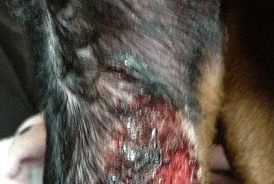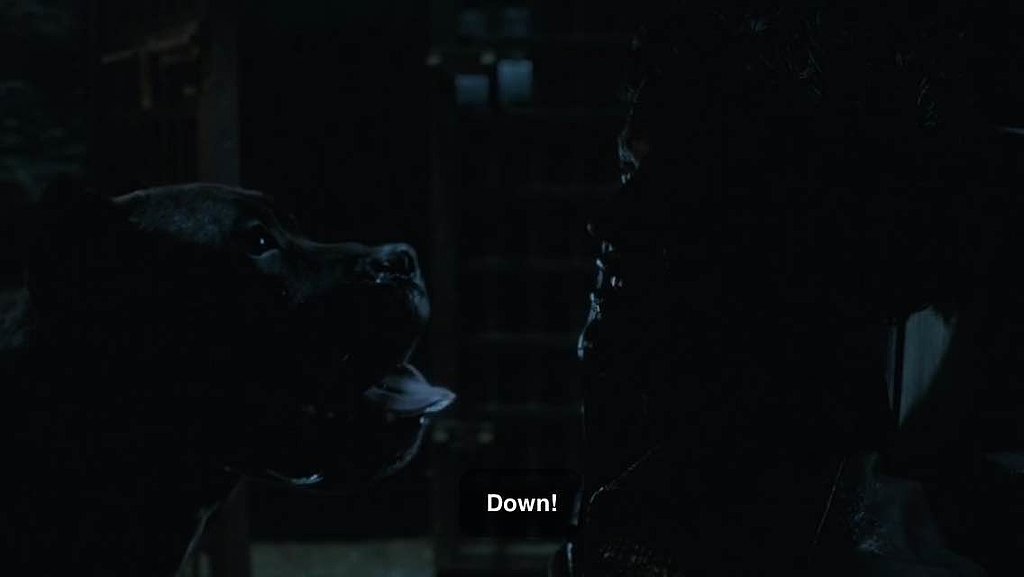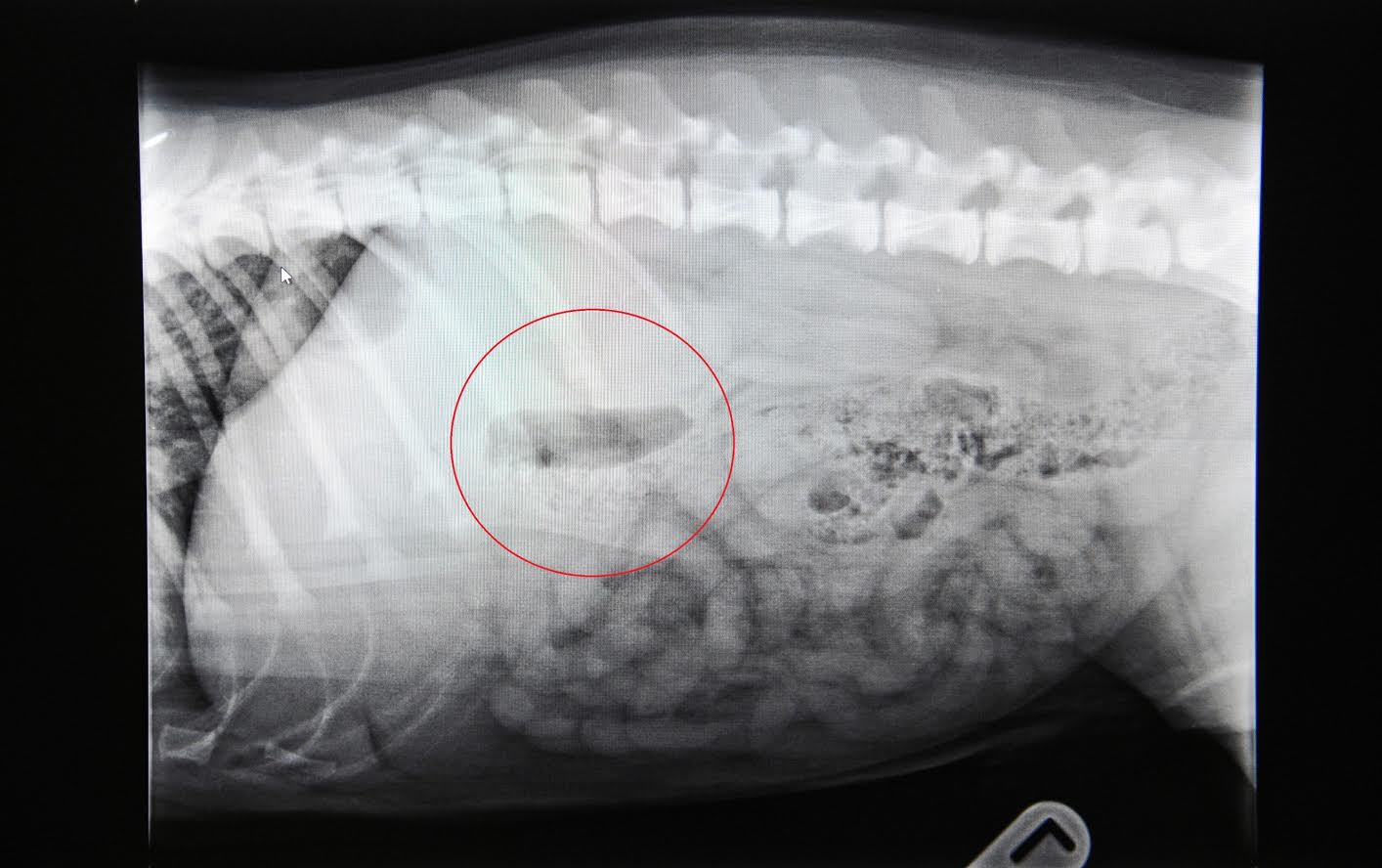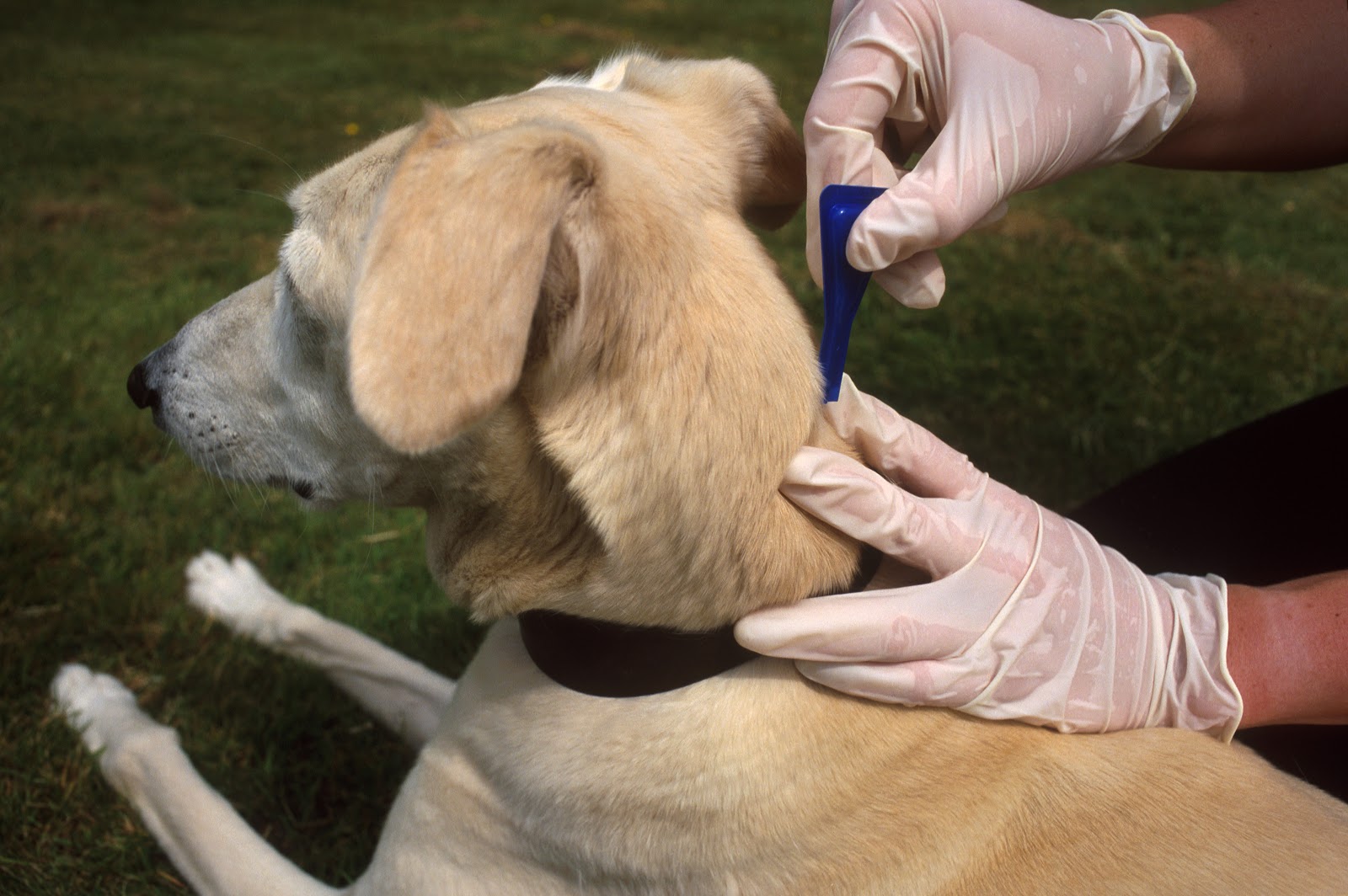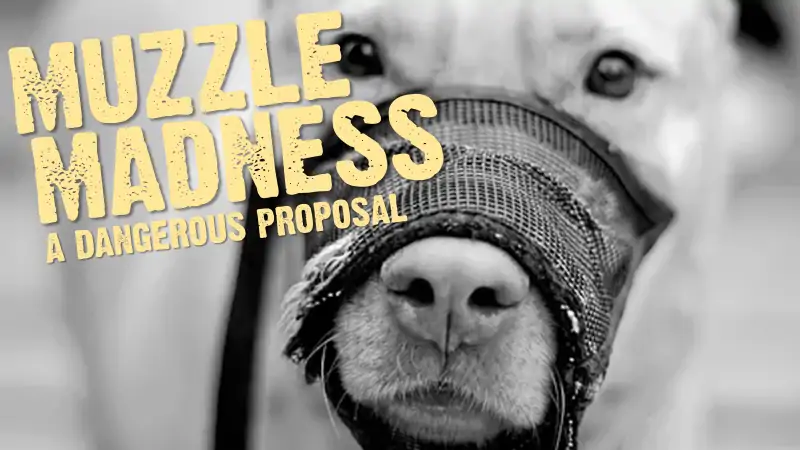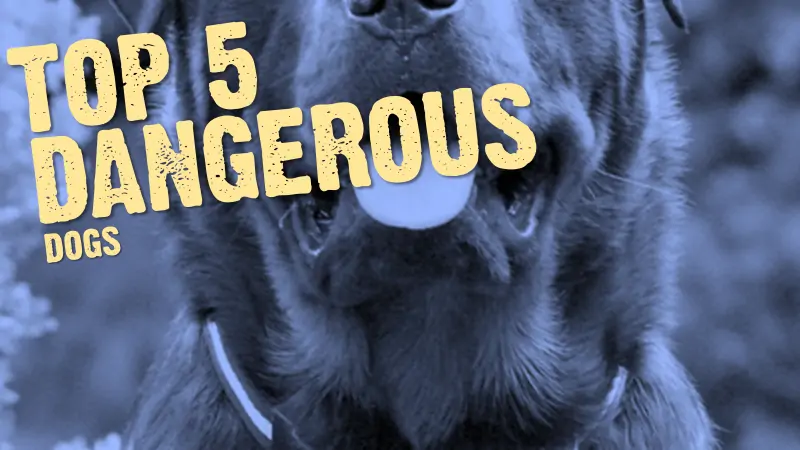Vets have have today called for dog owners to be extra vigilant as a deadly, flesh eating disease is now reported to have claimed the lives of 78 dogs in the UK.
The fungal infection known as Alabama Rot has been reported in 14 dogs who have died already in 2016.

“The cause of Alabama Rot, clinically known as idiopathic cutaneous and renal glomerular vasculopathy (CRGV), is still unknown and there is no known way to prevent a dog from contracting the disease,” David Walker, from Anderson Moores Vetinary Specialists told The Telegraph newspaper.
“Only tests on a kidney from an affected dog (most likely post mortem) will give 100% confirmation of the disease,” added Mr Walker.
“There have been a number of cases ‘confirmed’ by vets, but unless we carry out analysis of the affected pet, we will never be able to confirm the disease.”
What is Alabama Rot?
Alabama Rot has primarily been associated with Greyhounds but in recent times has been known to affect a variety of dog breeds.

How to Spot The Symptoms of Alabama Rot
The earliest and most noticeable sign of the disease is through skin lesions, typically showing below the knee or elbow, which begin as a slow-healing ulcer. The skin lesions may appear as a swelling, a patch of red skin or a defect in the skin (like an ulcer). Over the subsequent two to seven days the dogs have developed clinical signs of kidney failure which can include vomiting, reduced appetite and tiredness.
Dog owners concerned with similar symptoms are advised to look out for wounds or lesions on the limbs or face of their dog, which will not heal and dog owners should take their dog to a vet even if the lesions appear on their legs, paws or face a week after a walk.
The source of Alabama Rot is as yet unknown with the Environment Agency ruling out any chemical contamination in water supplies in affected areas of the UK. Experts believe the disease is “very similar” to what Alabama Rot is, thought to be related to a toxin produced by E. Coli bacteria. However, no evidence of this has been found to reinforce this theory from the infected dogs.
Speaking to BBC’s Countryfile BVA President and vet Robin Hargreaves said: “Dog owners in these regions will feel understandably anxious about the recent cases but it seems that only a very small proportion of the dogs walked in these areas each day have been affected. Owners should make sure they are aware of the signs and symptoms and contact their vet immediately if they have any concerns. We are keeping our members informed about the ongoing situation.”
Enter your email and never miss out on receiving our best articles:
